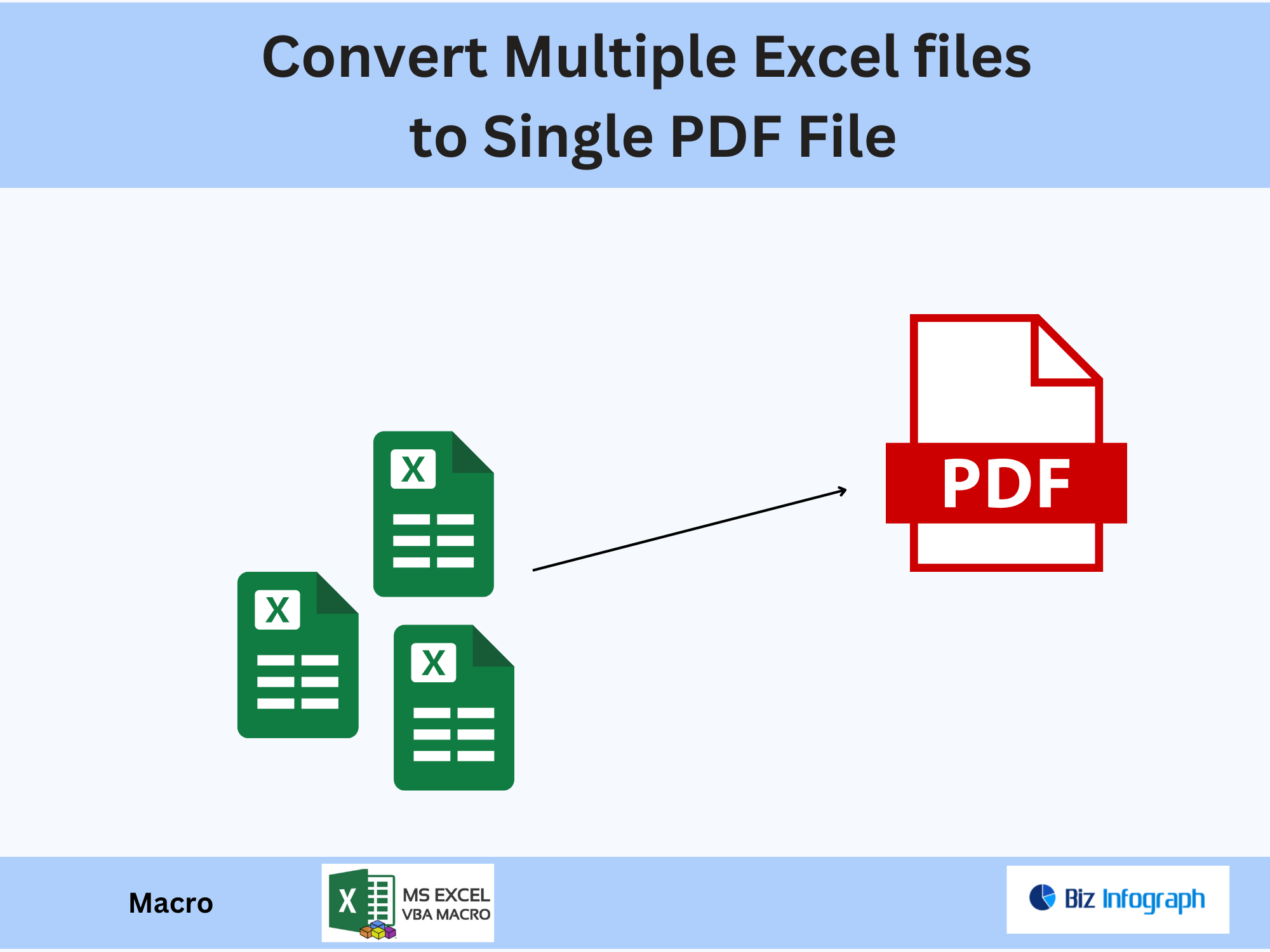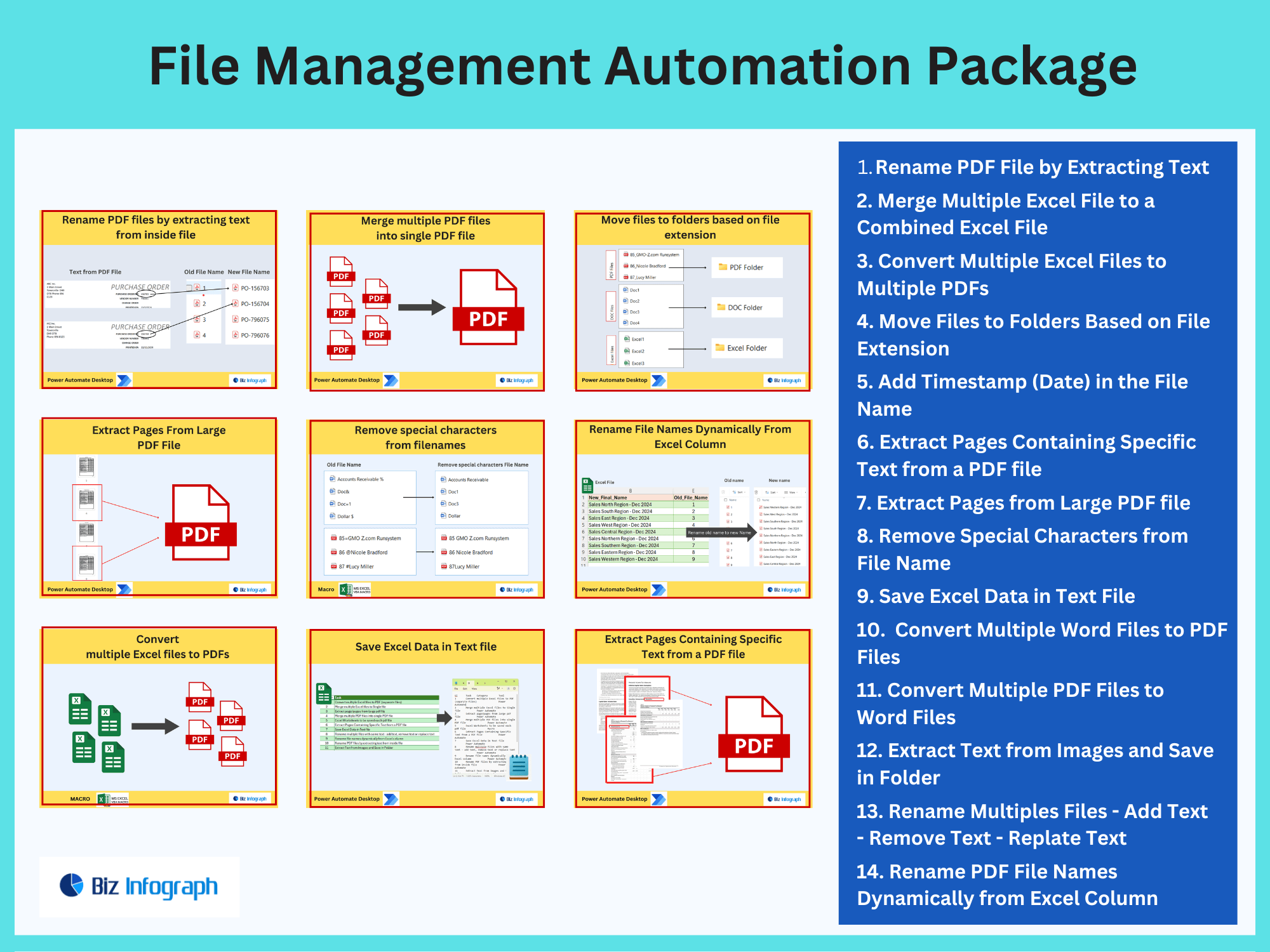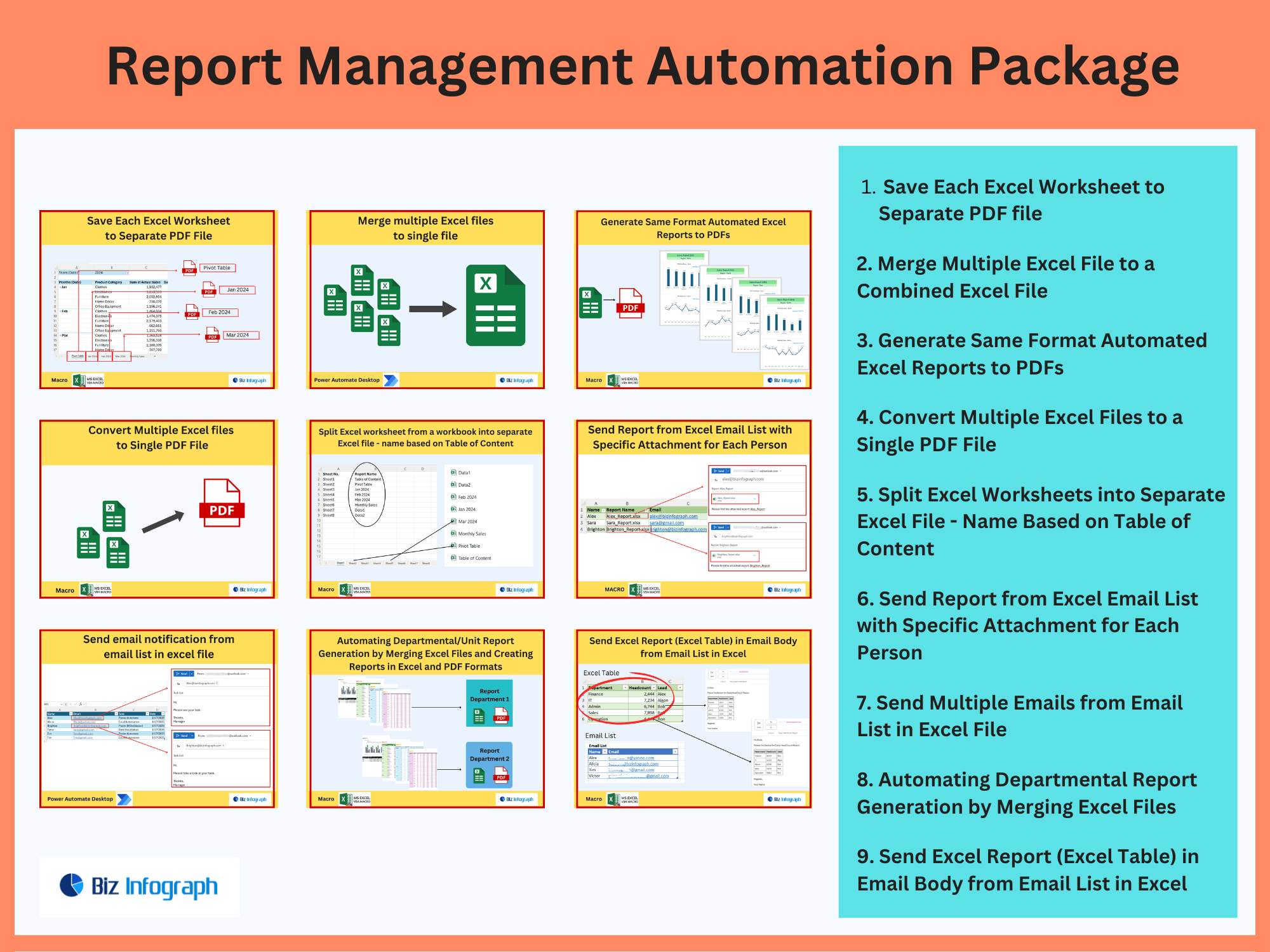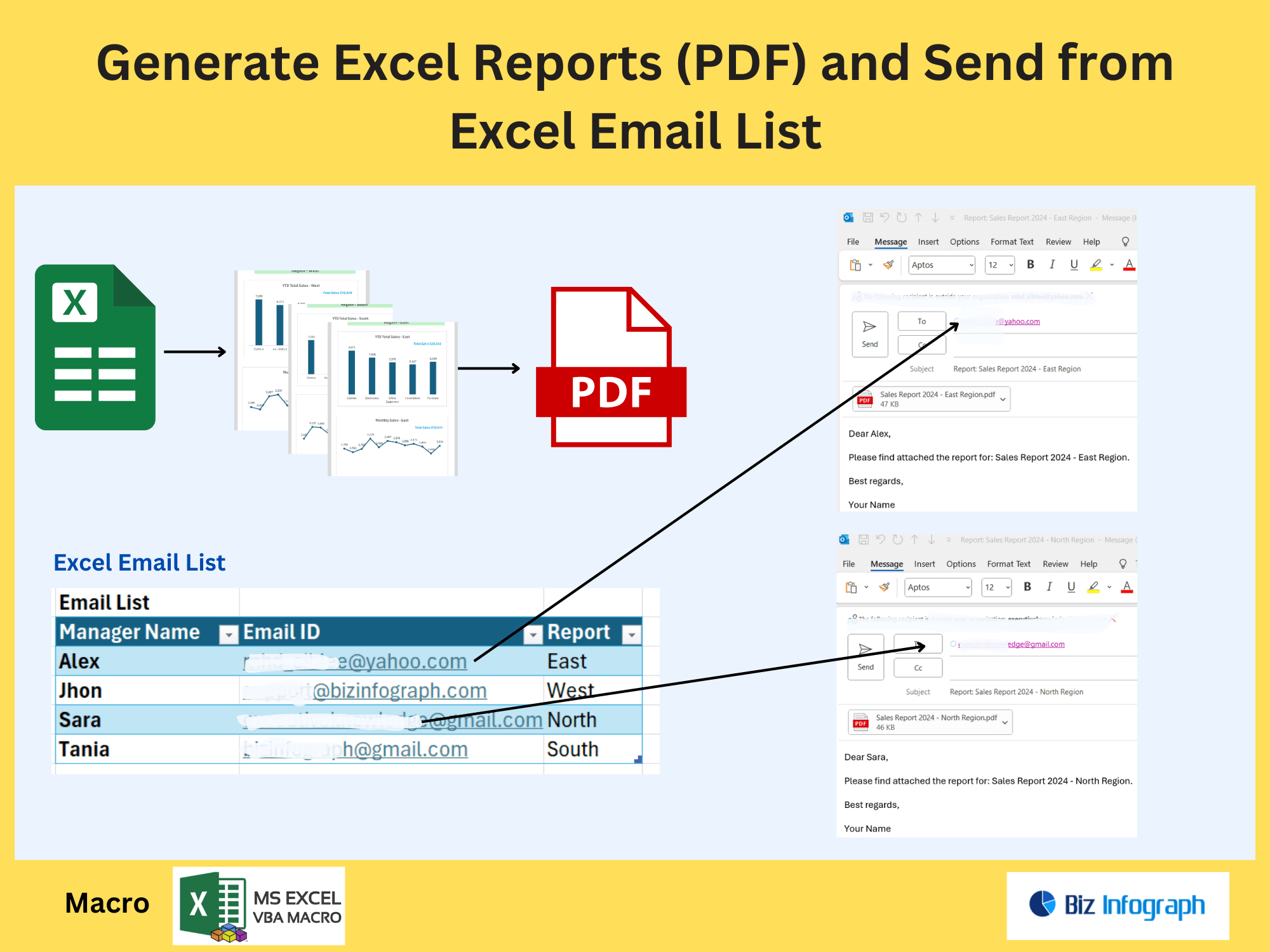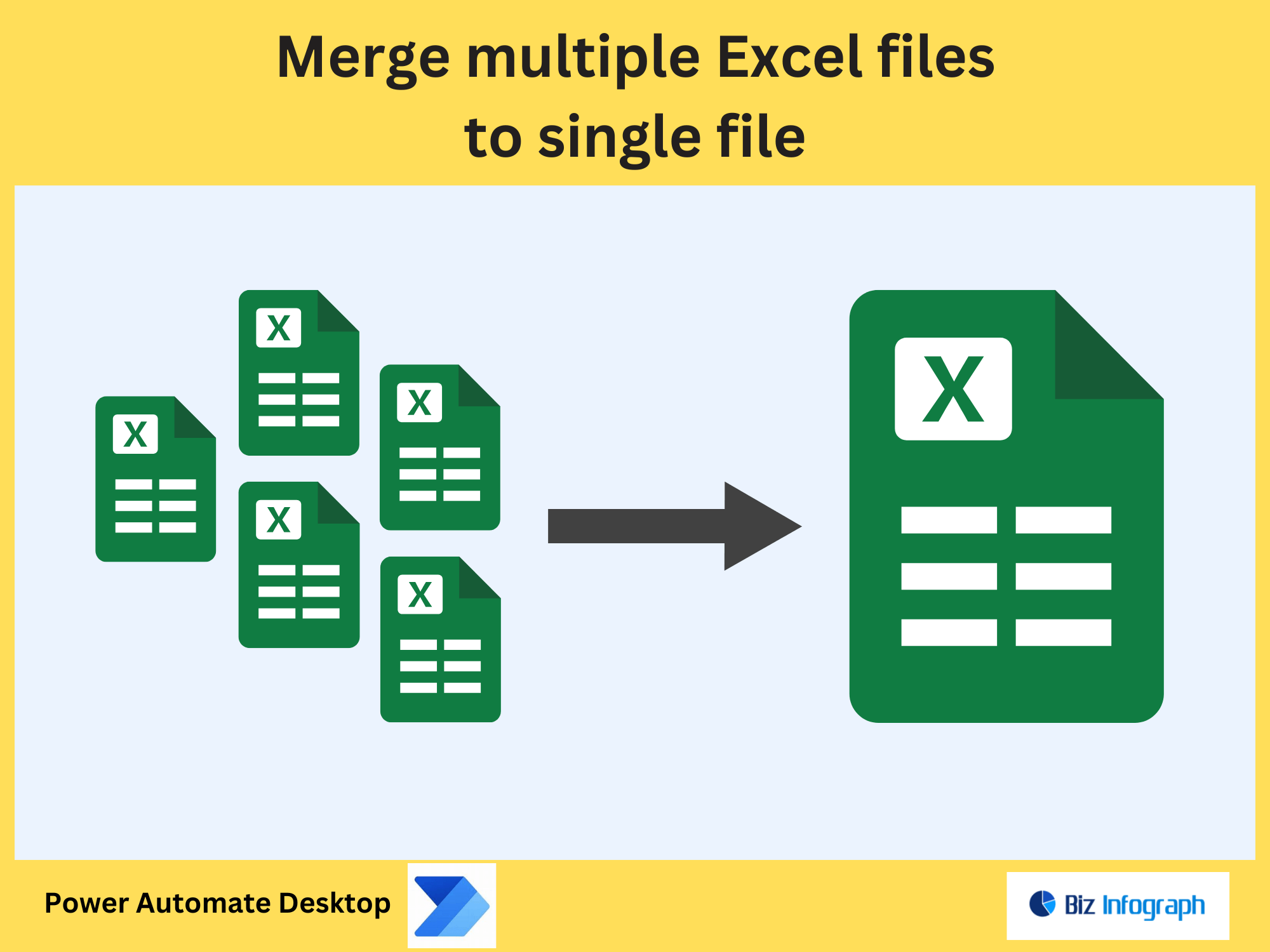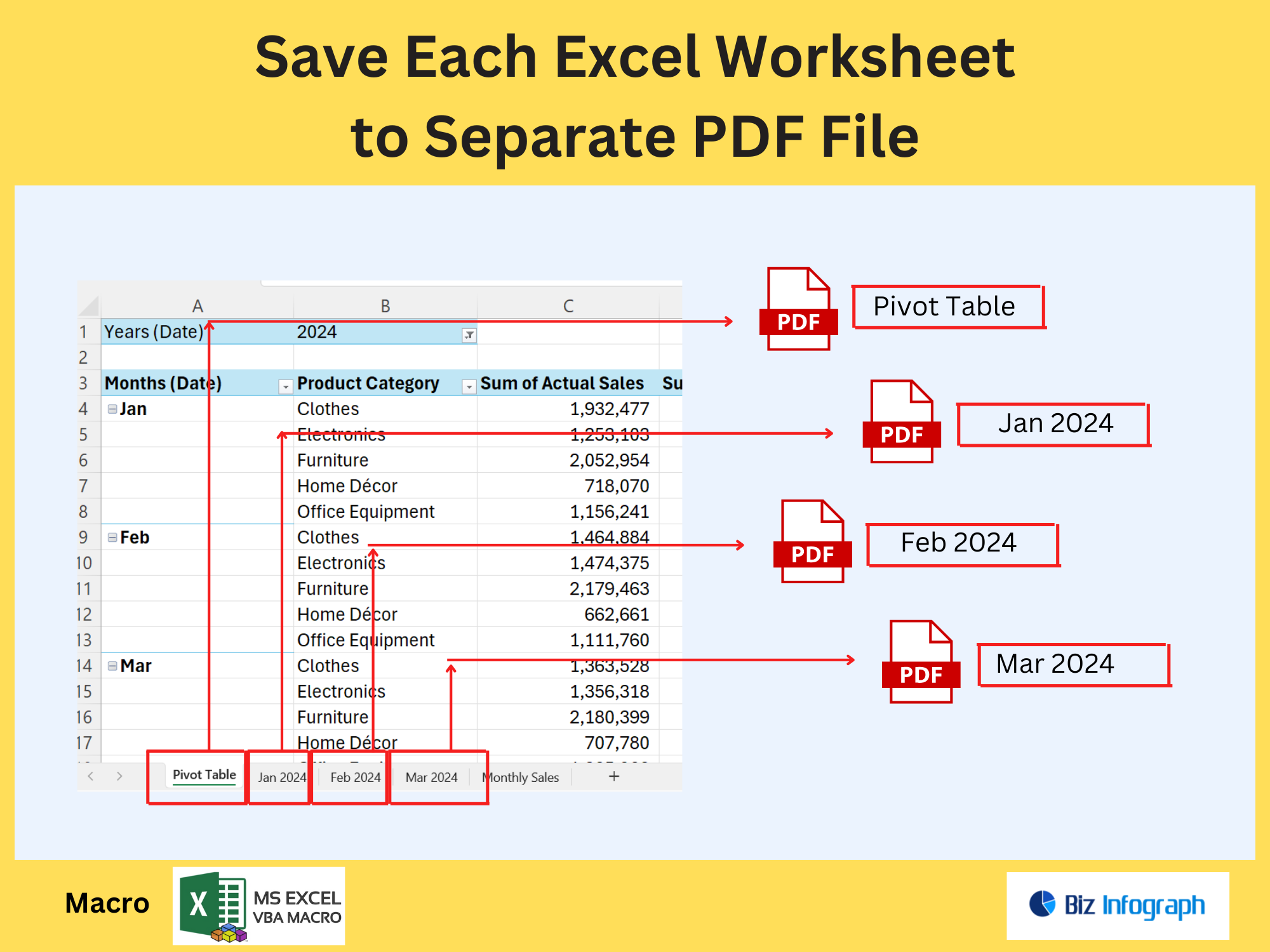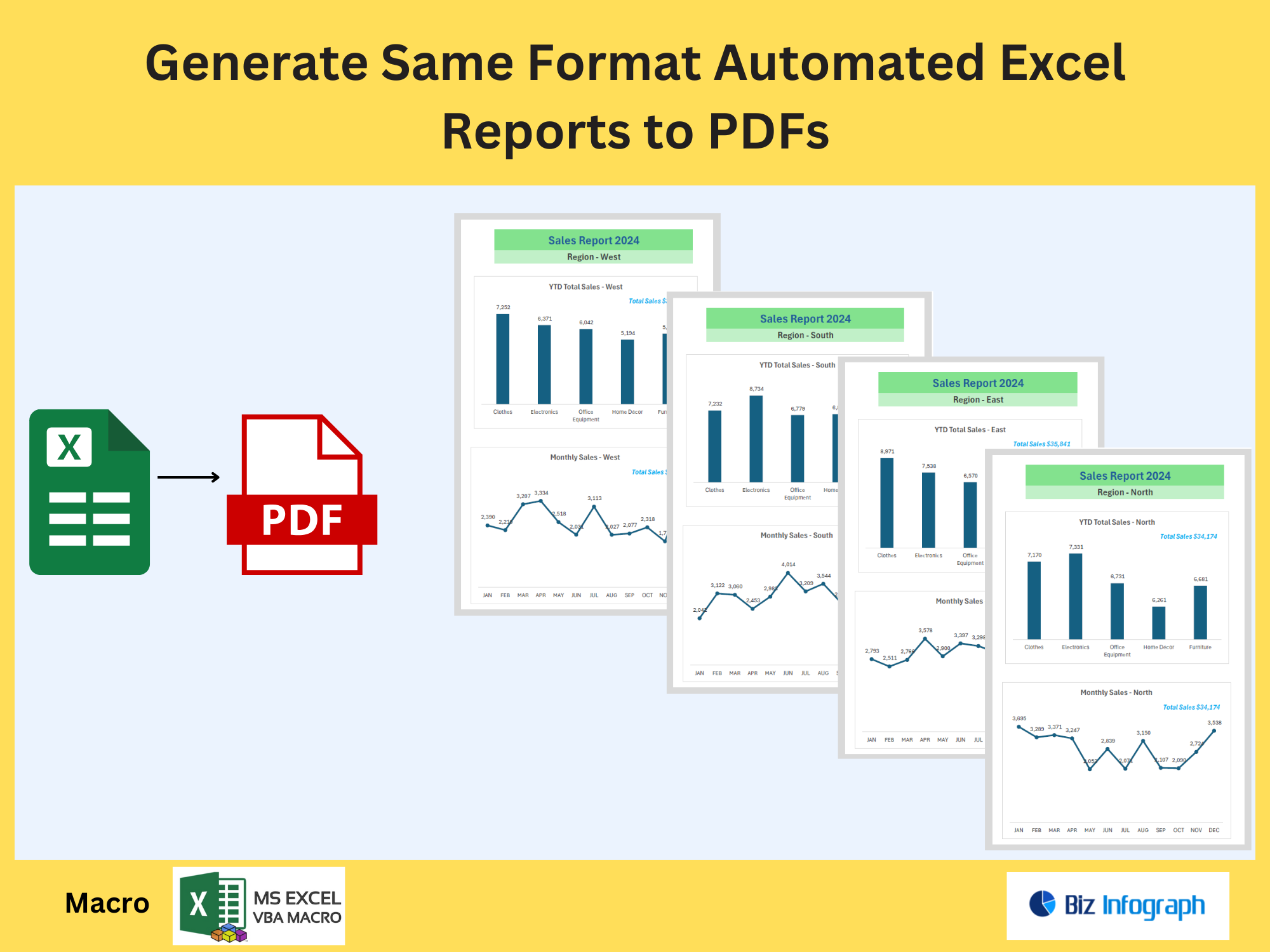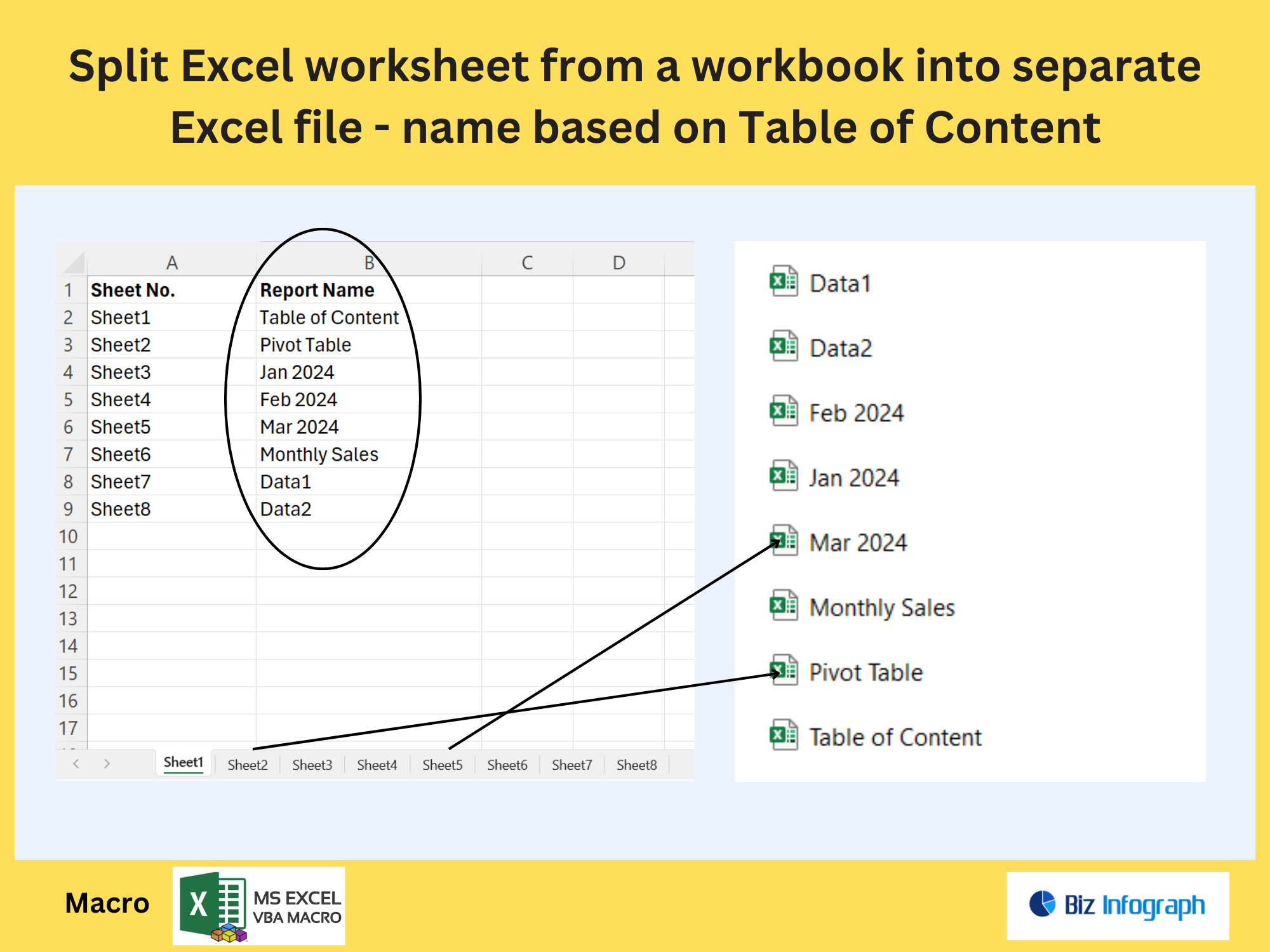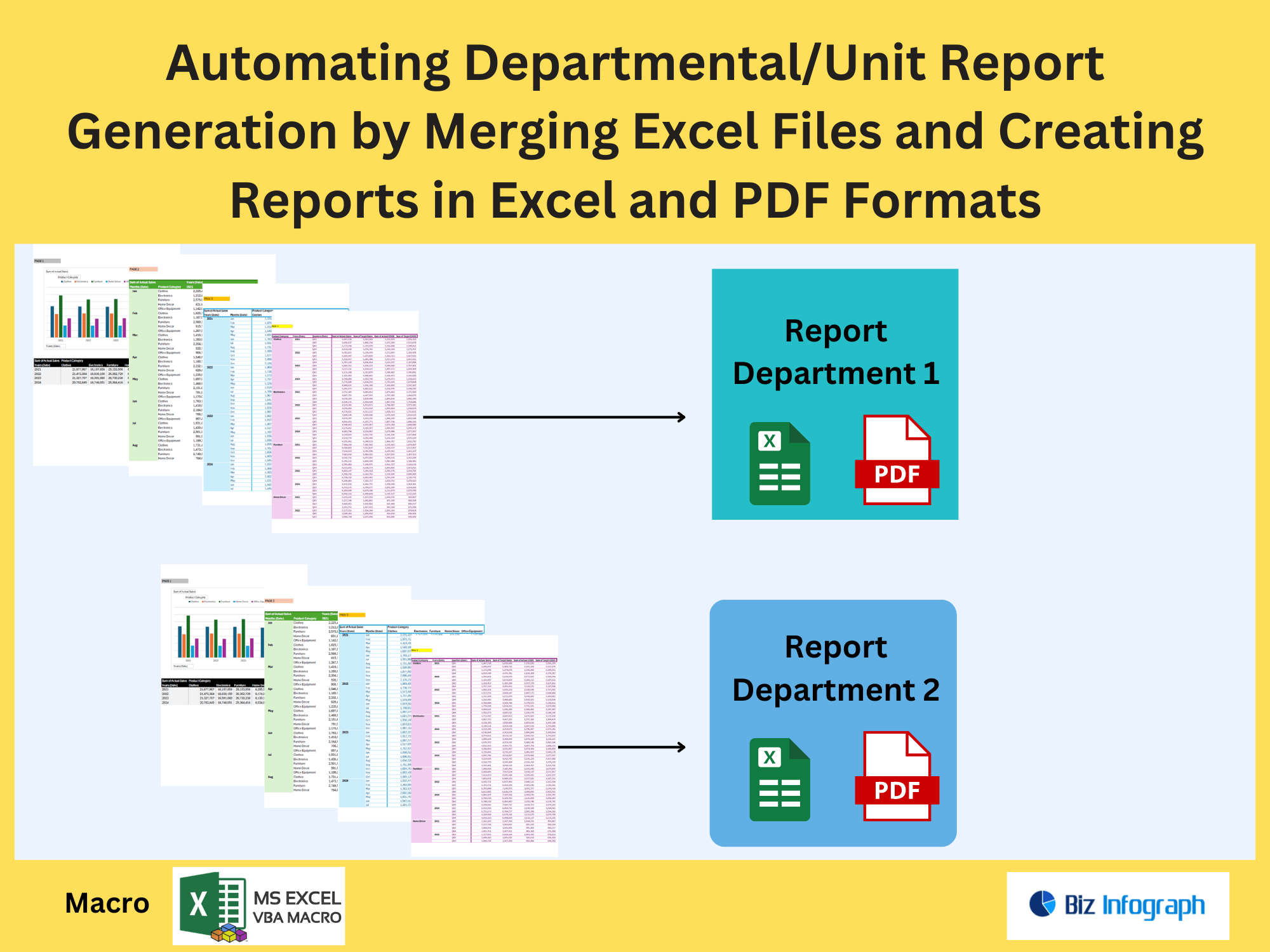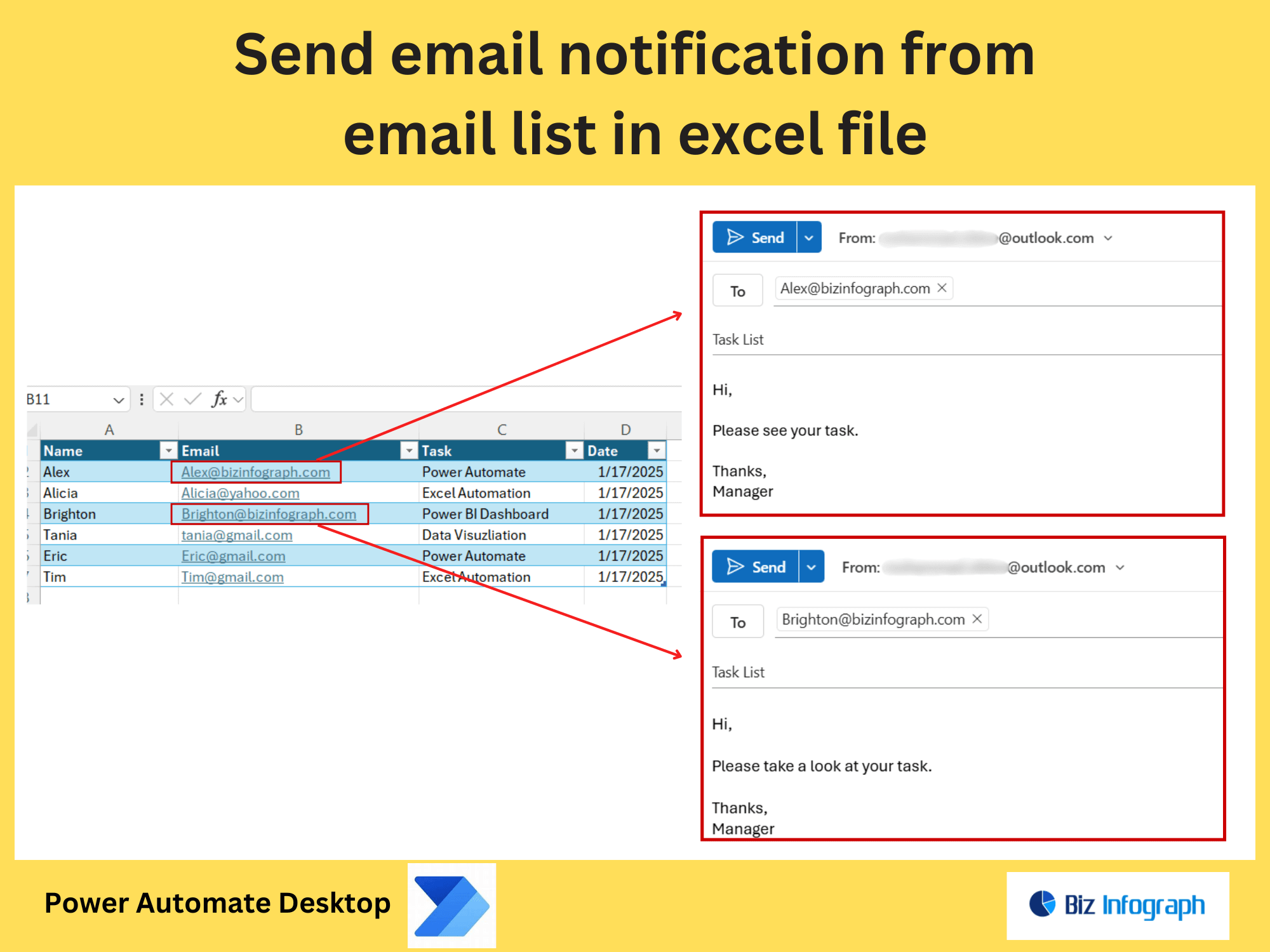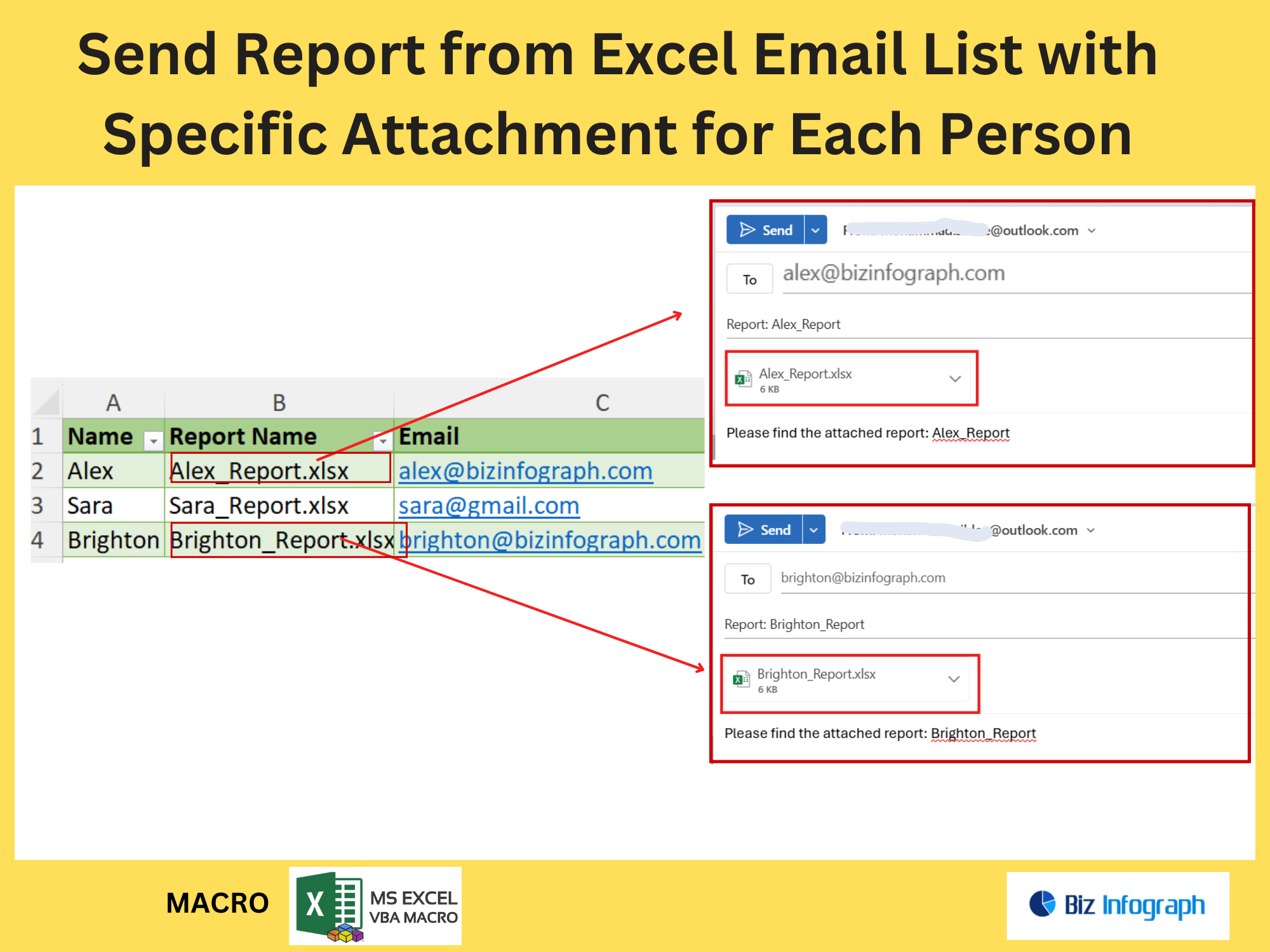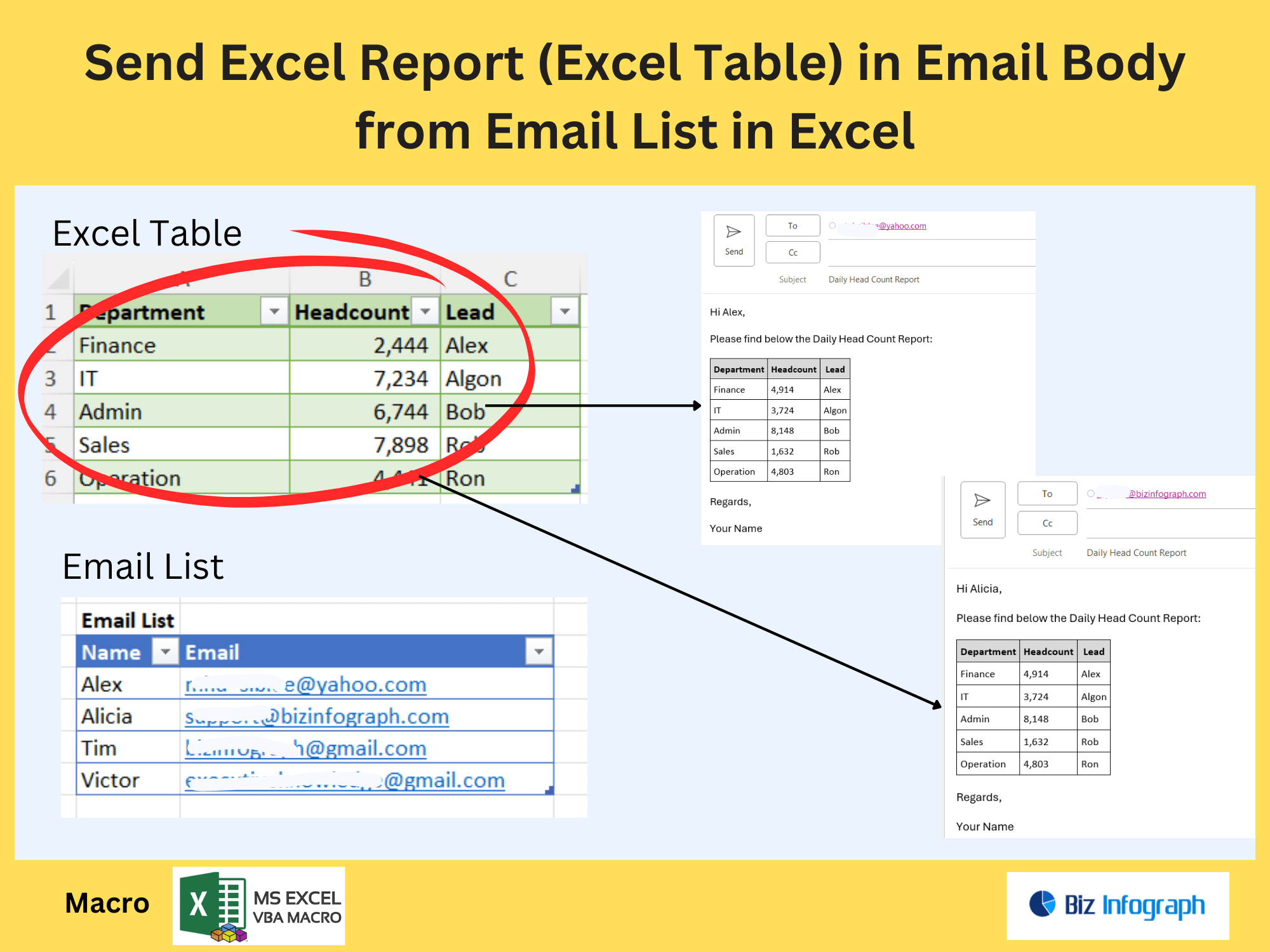Convert Multiple Excel Files to a Single PDF File by power Automate
Why Convert Excel Files to PDF Using Power Automate?
The Need for Batch Conversion of Excel Files
Manually converting Excel to PDF for multiple files is inefficient, especially when dealing with Excel spreadsheets like monthly reports or financial statements. Manual intervention slows workflows, risking errors in formatting or missed files. Power Automate solves this by automating batch conversion, enabling users to convert multiple Excel files (both XLS and XLSX) into a single PDF document. For example, a team managing SharePoint Online can easily convert dozens of sales reports stored in a specified folder into a unified PDF in SharePoint, ensuring consistency and productivity without manual effort.
Benefits of Automating Excel-to-PDF Conversion
Automating Excel to PDF conversions ensures efficiency, accuracy, and scalability. Use Power Automate to convert an Excel file while preserving file content like formulas, charts, and headers. For batch conversion, tools like Plumsail or Adobe Acrobat enhance capabilities, such as merging Excel sheets into a resulting PDF with custom page breaks. This automation is ideal for compliance, where PDF needs include audit trails or standardized formatting. By saving converted PDFs to a SharePoint library or OneDrive for Business, teams centralize access and eliminate version chaos.
How to Convert Multiple Excel Files to a Single PDF
Setting Up Power Automate for Excel-to-PDF Conversion
Start by creating a new flow in Power Automate to automate converting Excel files to PDFs. Configure the flow to retrieve XLSX files from a SharePoint Online folder or OneDrive for Business. Use actions like “Create File” or third-party connectors like Plumsail to convert the Excel documents. For example, add files from a specific folder, apply batch conversion settings, and merge outputs into a PDF document. Ensure the workflow handles diverse file types (e.g., XLS vs. XLSX).
Merging Excel Files into a Unified PDF
To convert multiple Excel files into one PDF, use Power Automate to loop through each source file, convert an Excel file to PDF, and append the results. Tools like Adobe Acrobat Pro or Plumsail can streamline merging Excel sheets into a resulting PDF with consistent headers and footers. For instance, convert Excel spreadsheets from regional teams into a single PDF document, ensuring all data aligns correctly. Save the merged file to a document in the specified SharePoint folder, and use a transcript to log the conversion process for auditing.
Step-by-Step Guide for Batch Conversion
Configuring the Conversion Workflow
-
Trigger: Initiate the flow when files are added to a specific folder in SharePoint Online.
-
Retrieve Files: Use the “Get Files” action to add files from the folder.
-
Convert: Convert the Excel files to PDF using built-in actions or Plumsail for advanced batch convert files functionality.
-
Merge: Combine individual PDFs into one using Adobe Acrobat or PDF using Power Automate actions.
-
Save: Use “Create File Action” to save the merged PDF in SharePoint with a dynamic name (e.g.,
Consolidated_Report_%timestamp%.pdf).
Validating and Saving the Final PDF
After converting Excel files, validate the resulting PDF for formatting accuracy, such as table alignment or chart visibility. Use Power Automate to check for errors in the transcript, like failed conversions due to corrupted XLS files. Save the final PDF to a SharePoint Online library or OneDrive for Business, ensuring it meets PDF needs like searchable text or password protection. For recurring tasks, configure the flow to auto-trigger weekly, reducing manual intervention.
Advanced Tips and Additional Resources
Handling Complex Conversions
For complex scenarios like password-protected Excel spreadsheets or XLS legacy files, use Plumsail or Adobe Acrobat Pro to enhance Excel to PDF conversions. These tools handle file content encryption, multi-sheet formatting, and batch conversion of mixed file types (e.g., Word to PDF alongside Excel). Integrate dropdown menu selections in the flow to let users choose output settings, such as page orientation or PDF extension naming rules.
Troubleshooting and Community Solutions
If the conversion process fails, review the transcript to identify issues like invalid source files or permission errors in SharePoint Online. Community forums offer fixes for niche problems, such as handling merged cells or macros in Excel spreadsheets. Leverage additional resources like step-by-step Microsoft guides or Plumsail documentation to optimize workflows. For persistent issues, consider using Adobe Acrobat for reliable Excel to PDF transformations.
For ready-to-use Dashboard Templates:
- Financial Dashboards
- Sales Dashboards
- HR Dashboards
- Data Visualization Charts
- Power BI - Biz Infograph
